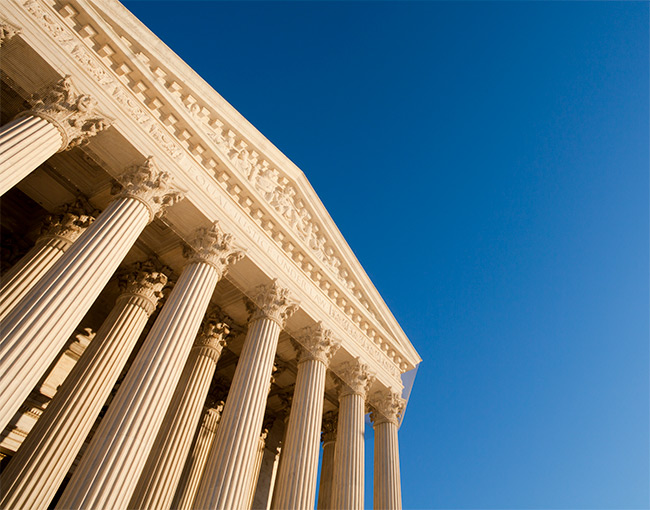
Monsanto wins unanimous ruling from U.S. Supreme Court
May 15, 2013

Jeff Masson

Dan Cox

David Jinkins
The nation’s highest court unanimously sided with Monsanto this week in a case centering on a farmer’s ability to save and replant Monsanto-developed genetically modified seeds. The decision could have far-reaching effects for other companies that produce self-replicating technologies such as vaccines and cell lines.
In a unanimous decision authored by Justice Elena Kagan, the U.S. Supreme Court ruled on May 13 that when Indiana farmer Vernon Bowman planted and harvested Monsanto's patented seeds, he made additional copies of Monsanto's invention. "His conduct thus falls outside the protections of patent exhaustion," Kagan wrote.
Ruling otherwise would have created an “unprecedented exception” to the exhaustion doctrine, the court wrote. “If simple copying were a protected use,” Kagan wrote, “a patent would plummet in value after the first sale of the item containing the invention.”
“The Court's ruling today ensures that longstanding principles of patent law apply to breakthrough 21st century technologies that are central to meeting the growing demands of our planet and its people,” said David F. Snively, Executive Vice President, Secretary, and General Counsel of Monsanto, in a statement. “The ruling also provides assurance to all inventors throughout the public and private sectors that they can and should continue to invest in innovation that feeds people, improves lives, creates jobs, and allows America to keep its competitive edge.”
Thompson Coburn has represented Monsanto in the Bowman case since its initial filing in 2007. St. Louis partners Jeff Masson, Dan Cox, and David Jinkins secured summary judgment for Monsanto in 2009 in the U.S. District Court for the Southern District of Indiana. Together with attorneys from WilmerHale in Washington, D.C., Thompson Coburn represented Monsanto in subsequent appeals to the U.S. Court of Appeals for the Federal Circuit and the U.S. Supreme Court.
Media coverage of the decision:
New York Times
New York Times Editorial
Washington Post
Wall Street Journal Op-Ed
National Public Radio
